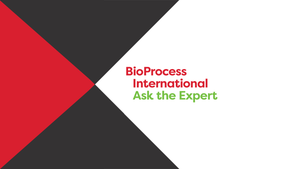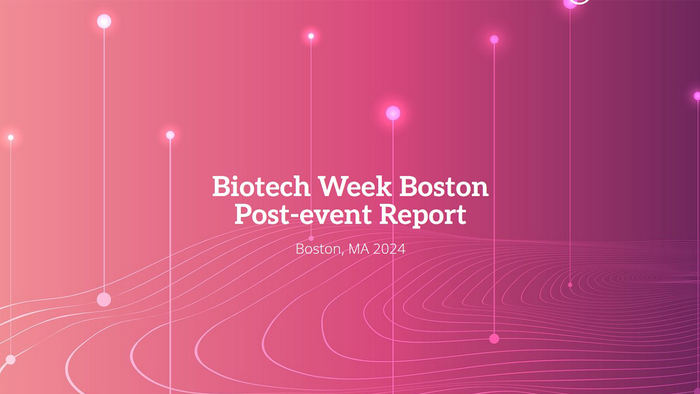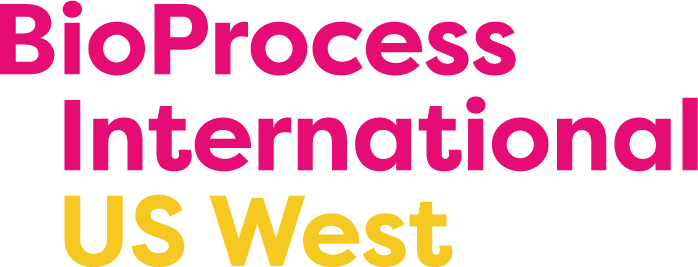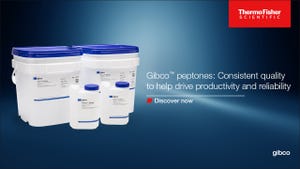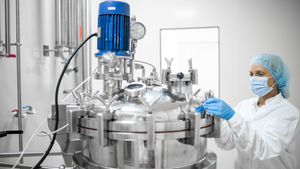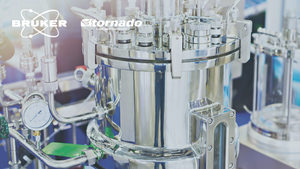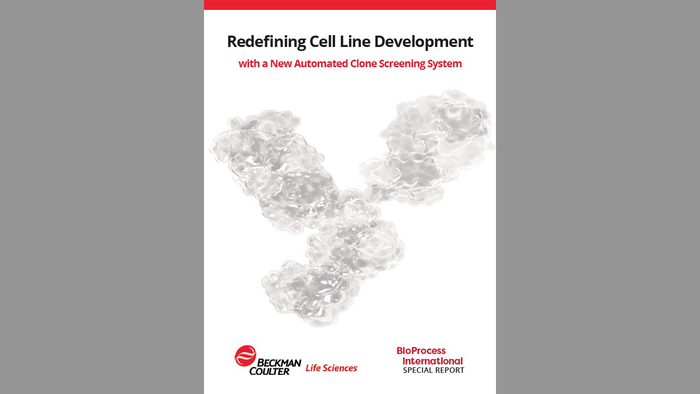- Sponsored Content
Innovative Approaches To Enhance Cell-Culture Density for High Quality (Webcast Recap)Innovative Approaches To Enhance Cell-Culture Density for High Quality (Webcast Recap)
Sponsored by Samsung Biologics
The biopharmaceutical industry is undergoing rapid growth, driven by increasing demand for biologics such as monoclonal antibodies (mAbs), other recombinant proteins, and vaccines. However, that growth presents challenges in scaling production processes while maintaining product quality and efficiency. Increasing viable cell densities (VCDs) in culture without compromising final product quality is especially crucial for the success of upstream development in biomanufacturing. In a September 2024 Ask the Expert webinar, Hakyung Kim and Dongyoung Park (senior scientists in upstream process development at Samsung Biologics) presented some of the latest advancements in cell-culture technology and their company’s S-Tensify platform for cell-culture process efficiency.
The Presentation
Limitations of Fed-Batch Cultures: Biotherapeutic production requires manufacturing processes that maintain sufficient productivity and high product quality. However, achieving the necessary balance between scalability, productivity, and quality in cell-culture–based production remains challenging. Traditional fed-batch processes face limitations when scaled up, necessitating new approaches to optimize cell-culture density and overall production.
Fed-batch processes have been favored in the industry because of their simplicity and compatibility with existing manufacturing infrastructure. Such processes feed nutrients to cells intermittently for cell growth and biotherapeutic production. However, metabolic waste accumulates as cells grow and along with the depletion of key nutrients in bioreactors can lead to toxic conditions, reducing both cell viability and productivity. With such static culture methods, adjustments to nutrient levels and waste management often are reactive rather than proactive, which can result in inconsistent production runs and variable product quality.
The industry is adopting innovative approaches such as process intensification to address those issues. Such methods offer proactive control over cell-culture environments. For instance, an intensified fed-batch process that leverages perfusion enables continuous nutrient feeding and waste removal, providing both high productivity and useful control over cell-culture parameters.
Samsung Biologics’s S-Tensify: The S-Tensify platform is designed to overcome the limitations of traditional cell-culture processes. It incorporates an intensified fed-batch approach focused on optimizing cell-culture density for high-quality production. The platform integrates an N – 1 perfusion step to produce high cell densities before transfer to the main culture. The resulting high initial cell densities provide for exponential growth and increased productivity. During N – 1 perfusion, high VCDs are achieved with alternating tangential-flow (ATF) filters that allow nutrients to pass through a bioreactor and remove waste products. That creates an optimal environment for cell growth, and facilitates transfer to main cell cultures. In practice, the approach bypasses the lag phase traditionally seen in fed-batch processes, leading to an immediate increase in productivity and reducing overall production time. Using the S-Tensify platform, VCDs in the N – 1 stage can reach 50–100 million cells/mL of culture and an inoculation of the main culture at 10–20 million cells/mL, resulting in two- to threefold productivity gains compared with fed-batch processes.
Advancements in cell-culture processes, particularly through the development of innovative platforms such as the S-Tensify system, can enhance productivity significantly in biopharmaceutical manufacturing. By combining the benefits of traditional methods with N – 1 perfusion and process intensification, biomanufacturers can increase cell densities, shorten production timelines, and improve consistency in product quality. As the demand for biologics continues to grow, such technological advancements must be used to meet industry needs and maintain high standards of quality and efficiency in biotherapeutic production.
Questions and Answers
What would detailed upstream process development with the S-Tensify platform entail? We would perform an optimization run with N – 1 perfusion using two Rita bioreactors (Vitropic), followed by process optimization using an Ambr 15 bioreactor (Sartorius), and then a verification run. By optimizing the N – 1 perfusion process, the amount of media used and culture duration are reduced.
Can users transfer an established process into the S-Tensify platform? Yes, our company has extensive experience in seamless technology transfers from medium scale to good manufacturing practice (GMP)–scale, as well as N – 1 perfusion at the GMP scale.
Find the full webinar online at www.bioprocessintl.com/category/webinars.
You May Also Like
